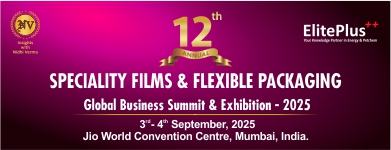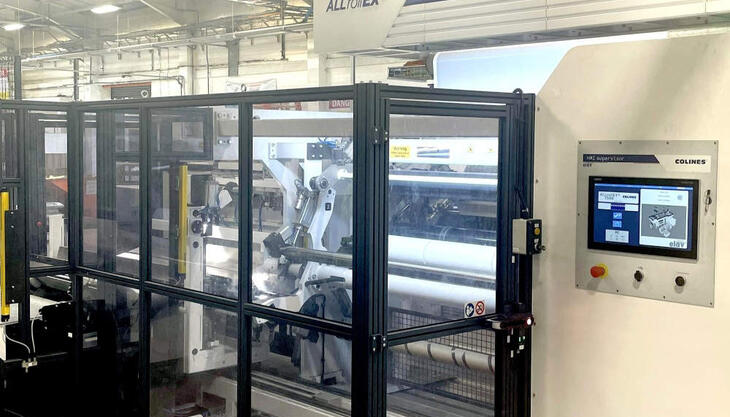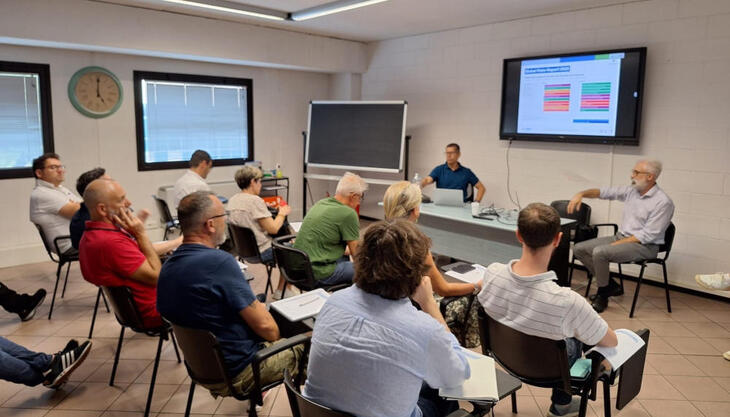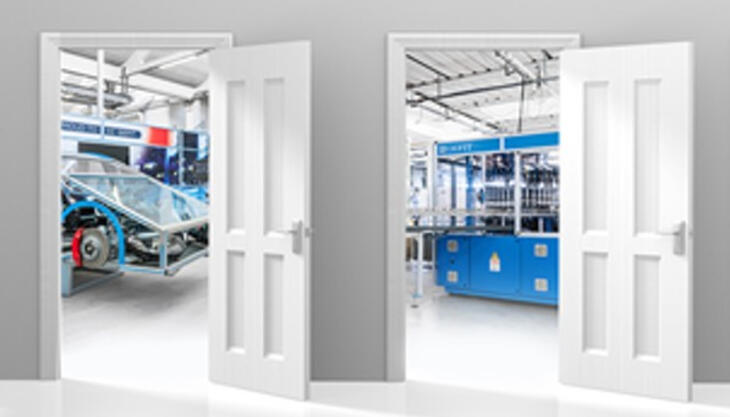A 55.000 kN duo at Engel’s technical centre in St. Valentin

Engel has expanded its technical centre in St. Valentin, Austria, with one of the largest injection moulding machines from its standard portfolio: the duo 5500 combi M with a clamping force of 55,000 kN, measuring 32 meters long, 13 meters wide, 6.8 meters high, and weighing 545 tons.
The machine accommodates moulds weighing up to 150 tons, with possible shot weights up to 42 kg and is intended to enable innovative technologies and components in collaboration with converters, in particular for the automotive and technical articles industries. It features two movable (combined and individually operable) horizontal injection units and a combi M injection unit. It is also equipped with two six-axis Engel easix articulated robots for flexible and efficient automation.
All digital assistance systems from Engel are integrated into the machine control, enabling energy-saving, sustainable, and efficient production while optimising processes. For PU applications, two systems supplied by the Italian manufacturer Cannon are available, one for small-volume applications and one for high-volume applications. Additionally, a corresponding dosing unit allows for colouring the polyurethanes to create exciting designs.

The machine is enabled to combine materials with the different process technologies developed by Engel such as clearmelt (coating visible parts with PUR), foammelt (foam injection moulding for lightweight construction and warpage reduction), organomelt (processes with long glass fibre or tape reinforcement), coinmelt (compression injection moulding), optimelt (high-quality optical parts made from transparent plastics), combimelt (multi-colour injection moulding), as well as foilmelt (back-injection of decorative/functional films).
With the introduction of the duo 5500 combi M, Engel's technical centre in St. Valentin reaffirms its role as a leading hub for testing new technologies and collaborating closely with the industry to promote new injection moulding possibilities. The machine allows both equipment and materials to be tested under real conditions in order to develop new application projects directly with converters, avoiding errors in the production phase and shortening the go-to-market time.



















